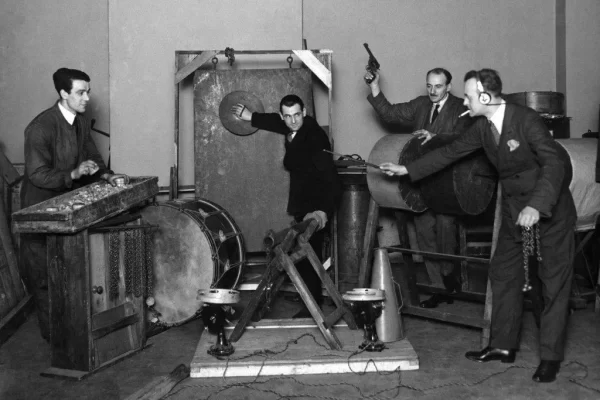Joint Smart Home EV Charger
Against the backdrop of new energy developments, the increasing reliance on electric vehicles (EVs) has become a pivotal aspect of our transportation landscape. As the world embraces renewable energy, the need for home electric car chargers has surged, providing a sustainable solution for powering our daily commutes. In this guide, we will explore installing an electric vehicle charger in your home, whether you need to buy accessories, and how to install an electric vehicle charging post in your home.
How to Choose the Right Electric Vehicle Charger
Introduction
Choosing the right electric vehicle charger is crucial for a seamless charging experience. There are different types of electric vehicle chargers, from AC ev charging stations to fast charging electric vehicle chargers such as Level 3 electric vehicle chargers, Level 2 electric vehicle charging stations, DC chargers (DCFC), AC electric vehicle chargers and Tesla home charger.
When considering EV charging stations, it is necessary for buyers to understand the difference between level 3 and level 2 chargers. Level 3 chargers, commonly known as fast chargers, provide a quicker charging experience, making them suitable for public spaces and commercial settings. While, the slower charging level 2 charger is ideal for home use, providing reliable and more moderate charging speeds . Most level 1 chargers are given away with the purchase of an EV, and there is no need to install an additional EV charging pile to use a level1 EV charger.
Additionally, understanding the difference between DC chargers and AC chargers is crucial. DC chargers deliver a direct current, enabling faster charging, while AC chargers provide alternating current, often used for slower overnight charging.
Understanding the specific requirements of your electric vehicle is crucial. Such as whether you own a Tesla, and further refine the selection process. Because Tesla offers a unique home charger.
Tesla can be charged in four simple ways:
- Through 220V 10A/16A household socket. Through the charging cable equipped with the Tesla car and the corresponding plug link, and select the charging current through the central control, you can charge. 220V10A charges 2.2kwh per hour, can travel 7-10 kilometers, and takes about 40 hours to fully charge; The 220V16A charges 3.52kwh per hour, can travel 10-18 km, and takes about 25 hours to fully charge. It’s also called “Trickle Charging” because it’s slow.
- Through 220V40A special socket. Through the NEMA 14-50 socket with the corresponding plug, connected to the vehicle charging cable can be charged. 220V40A charges 8.8kwh per hour can travel 40-50 kilometers, and takes about 10 hours to fully charge.
- Install a High Power Wall Connector for Tesla. And install a second charger to achieve fast charging. Charging 17.6kwh per hour, it can travel 80-100 kilometers, and it takes about 5 hours to fully charge.
- Through the 220V36A charging pile, the J1772 interface adapter connected to the Tesla with the car can charge 7.9kwh per hour, and can travel 35-45 kilometers, and it takes about 12 hours to fully charge.
Do I Need to Buy Electric Car Charger Accessories
Residential EV charging encompasses various aspects, including household electric vehicle charging, home EV chargers, and essential electric car charger accessories. These accessories play a pivotal role in enhancing the efficiency and safety of your charging setup.
Considerations for home EV chargers extend beyond the charger itself. Essential accessories include charging cables, cable management systems, and additional components designed to optimize the charging process. Understanding the intricacies of these accessories ensures a comprehensive and hassle-free charging experience at home.
What is an EV Charger Pedestal
An EV charger pedestal serves as a fundamental component of the charging infrastructure. It refers to the structure that supports the EV charger, providing stability and a convenient location for charging. Different variations include single pedestals, single pedestals with cable management systems, and integrated cable management kits with EV pedestals.
The EV charger pedestal is like a “pillar”, and if you own an EV charger pedestal, then you don’t need to mount a wall-mounted EV charger on the wall. If you want to install two EV chargers on the same EV charger pedestal, you can purchase a double pedestal from Joint EV Charger Factory, there are several types of dual pedestals, such as Back-to-back pedestal, Single pedestal with cable management system, Back-to-back pedestal, Dual side-to-side pedestal, and so on.
The Benefits of EV Charger Pedestals
Understanding the benefits of an EV charger pedestal is crucial for establishing an efficient and organized charging point. The integration of cable management kits with EV pedestals enhances safety, minimizes clutter, and ensures a tidy charging station. This innovative approach to charging infrastructure contributes to a streamlined and aesthetically pleasing charging experience.
Integrating cable management kits with EV pedestals brings forth a multitude of benefits. Not only do these pedestals enhance safety by keeping cables organized, but they also contribute to the overall aesthetics of the charging station. EV charger manufacturers play a pivotal role in ensuring the production of reliable and efficient charging devices.
For those contemplating the installation of EV charging stations, understanding how to install an EV charging station is crucial. Partnering with Joint EV charger company can provide valuable insights into installation processes and ensure a seamless experience.
How to Install an Electric Car Charger at Home
Installing an electric car charger at home requires a thorough understanding of the associated costs and procedures. Because installing an electric car charger at home needs to consider a variety of factors, including the type of charger, wire requirements and potential additional costs.
If you want to find out how much it costs to install a car charger at home, it is recommended to get a quote from a professional installer. Installation costs vary from person to person, and factors such as whether an upgrade is required and any specific requirements of the charger chosen will affect the overall installation cost.
conclusion
In conclusion, installing an electric car charger at home is a forward-thinking and environmentally conscious decision. It not only provides convenience for daily charging but also contributes to the broader goal of incorporating renewable energy into our daily lives. As we delve into the intricacies of choosing the right electric vehicle charger, exploring necessary accessories, understanding the significance of EV charger pedestals, and delving into the installation process, we pave the way for a future where sustainable transportation is seamlessly integrated into our homes and communities.





